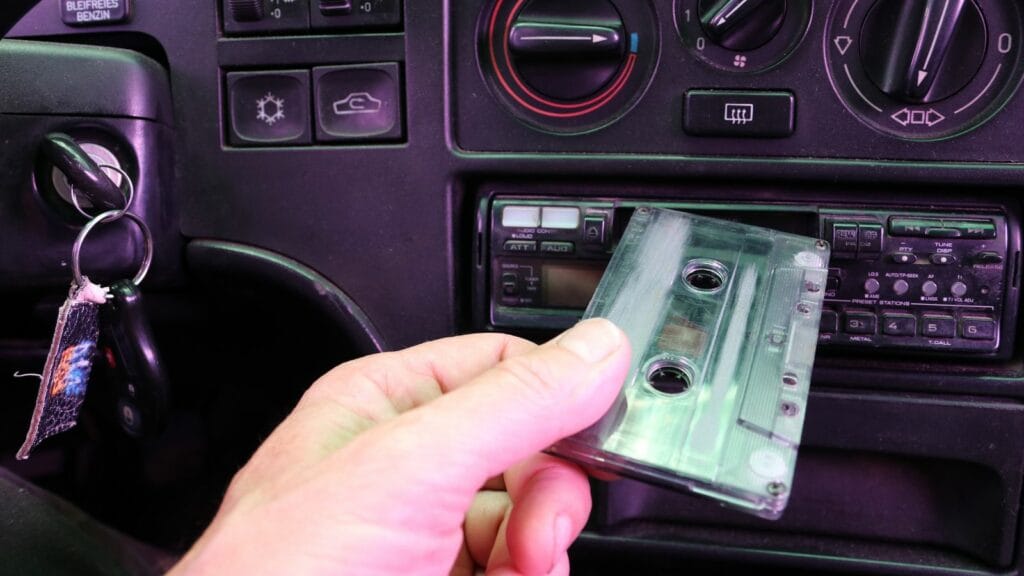Automakers have always tried to win drivers over with new gadgets and flashy features. Some were brilliant innovations that changed the way we drive, while others were little more than gimmicks that faded with time. Even the best ideas can become obsolete once technology advances or tastes change. What once felt futuristic or luxurious often looks quaint or even laughable today. Here are twelve car features that were once considered cool but now feel useless, expanded with production years, examples of specific models, and how collectors view them today.
Pop Up Headlights
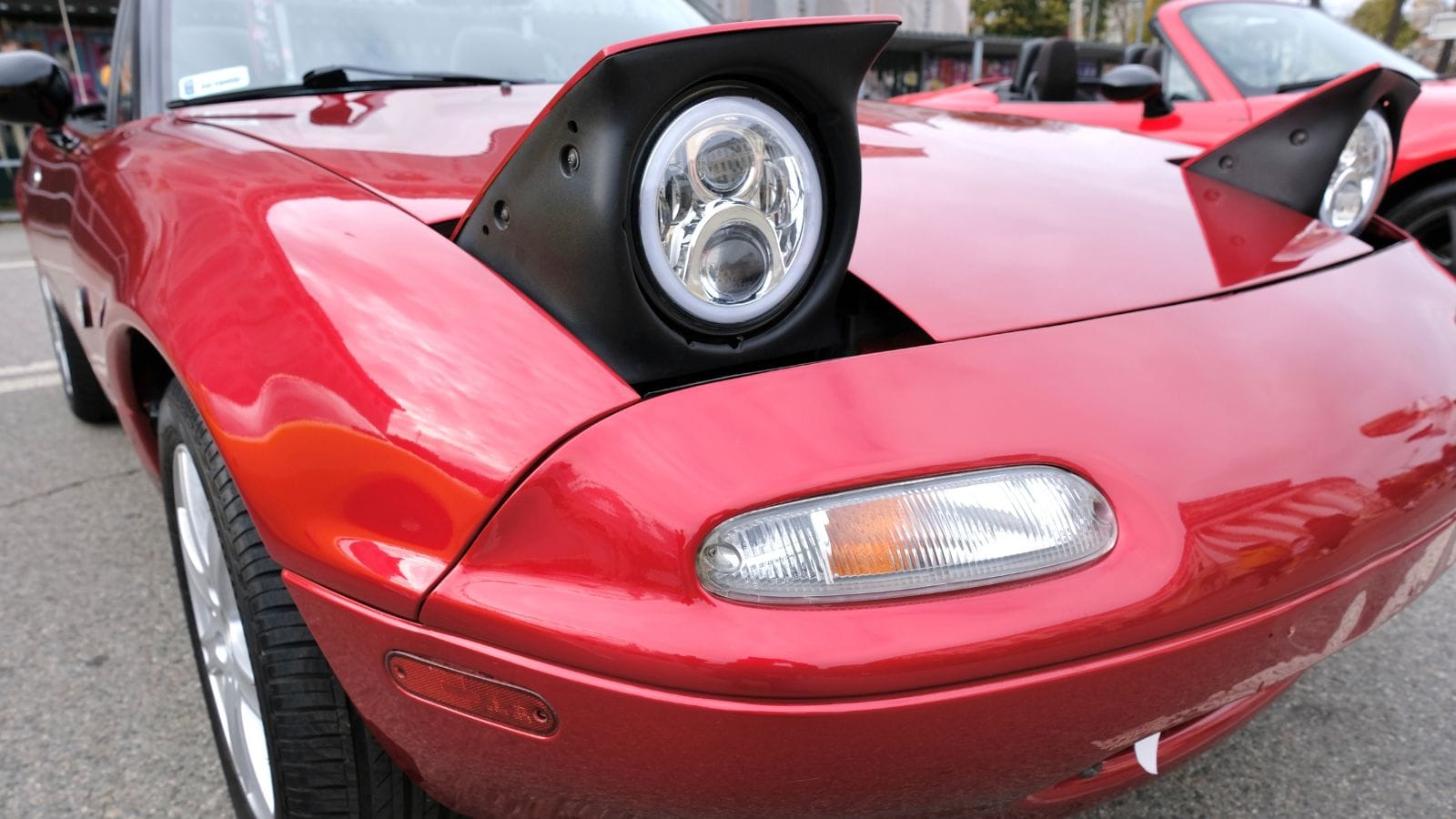
Pop up headlights were the ultimate styling cue of the 1970s through the 1990s, seen on cars like the 1989 Mazda RX 7, the Chevrolet Corvette C4, and the Ferrari Testarossa. They were designed to keep front ends sleek while still meeting lighting regulations. By the early 2000s, however, safety laws and aerodynamics spelled their end. Modern LED headlights are smaller, brighter, and safer, which made pop ups redundant. Collectors today adore them for their retro charm, and values of cars with pop ups have risen because of the nostalgia attached to this now extinct feature.
Cigarette Lighters and Ashtrays
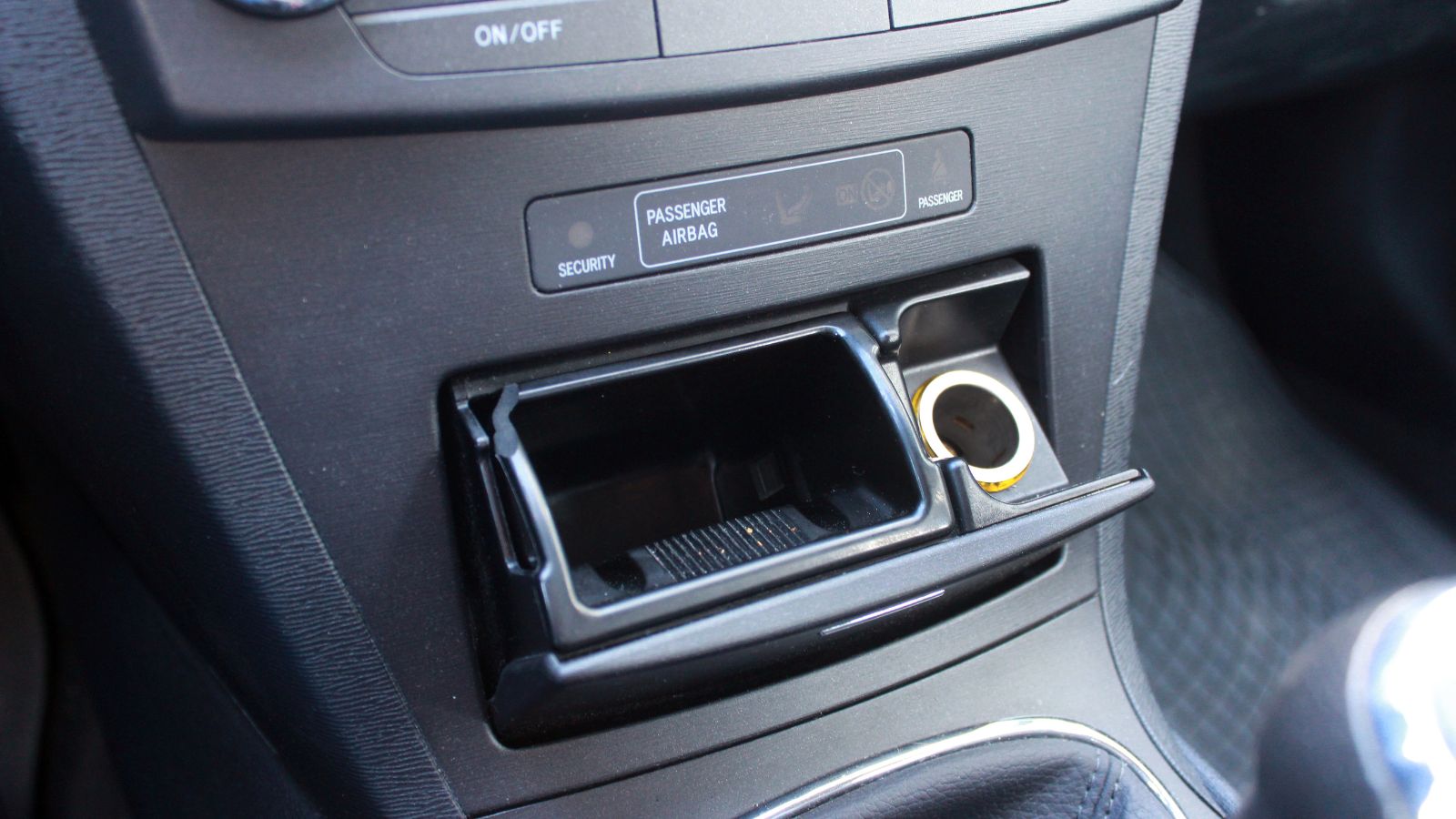
From the 1950s through the 1980s, nearly every car came with a cigarette lighter and ashtray in the dash, with many luxury cars like the 1975 Cadillac Eldorado featuring ashtrays in every door. Smoking was considered glamorous at the time, and these features were expected. As health awareness grew in the 1990s and smoking rates plummeted, ashtrays and lighters disappeared. They have been replaced by 12 volt power outlets and USB ports. Collectors often find intact ashtrays amusing relics, though many use them now as coin holders.
Cassette Players
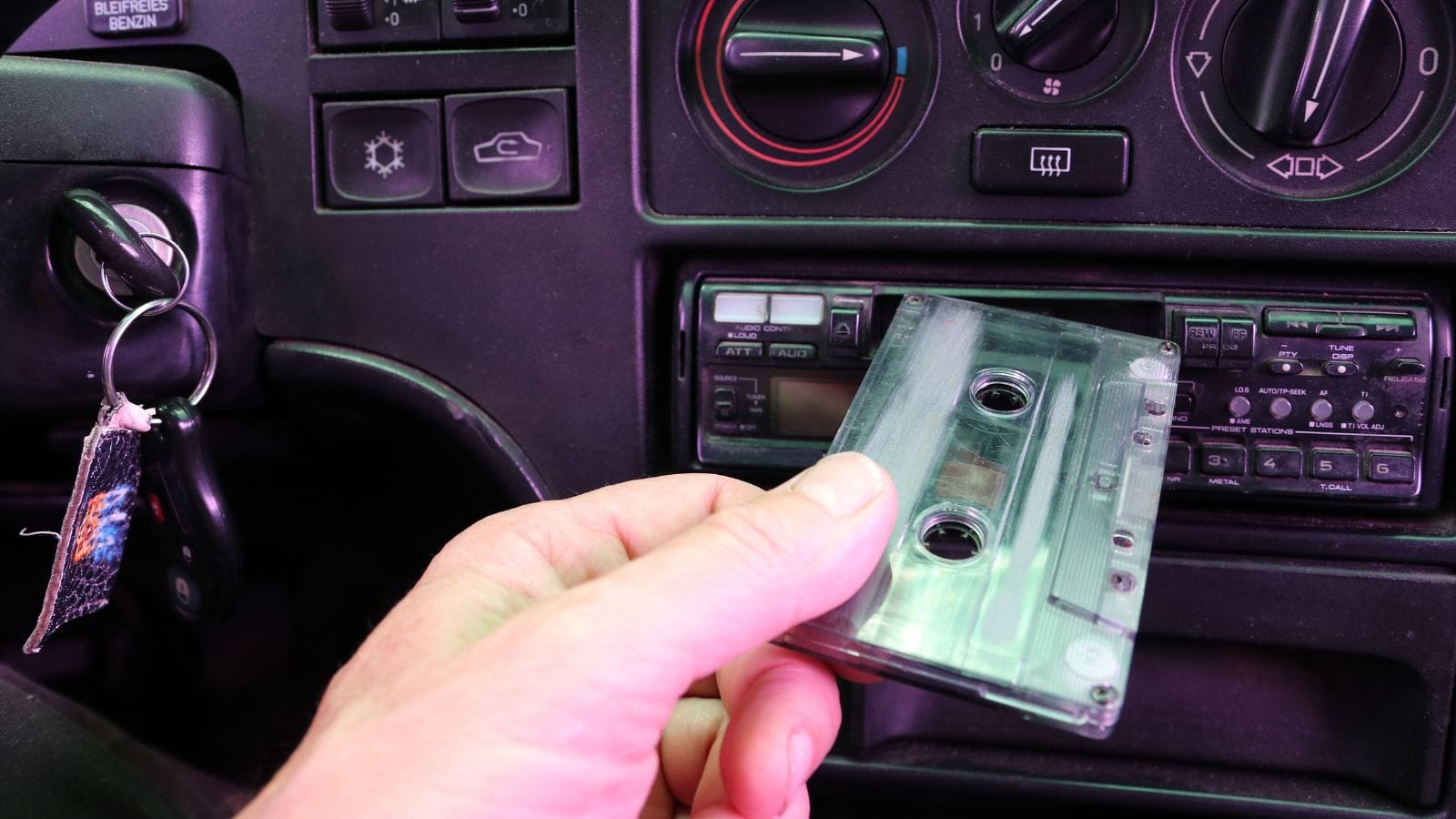
Throughout the 1980s and 1990s, cassette decks were a standard feature in cars like the 1987 Toyota Camry or the Ford Taurus. Some even offered auto reverse and storage slots for cassettes. By the late 1990s, CD players began to take over, and now even they are fading in favor of digital streaming. Cassette players are useless today unless you want a period correct setup for a classic restoration. Collectors sometimes view them as part of the car’s originality, but in daily driving they serve no real purpose.
Curb Feelers
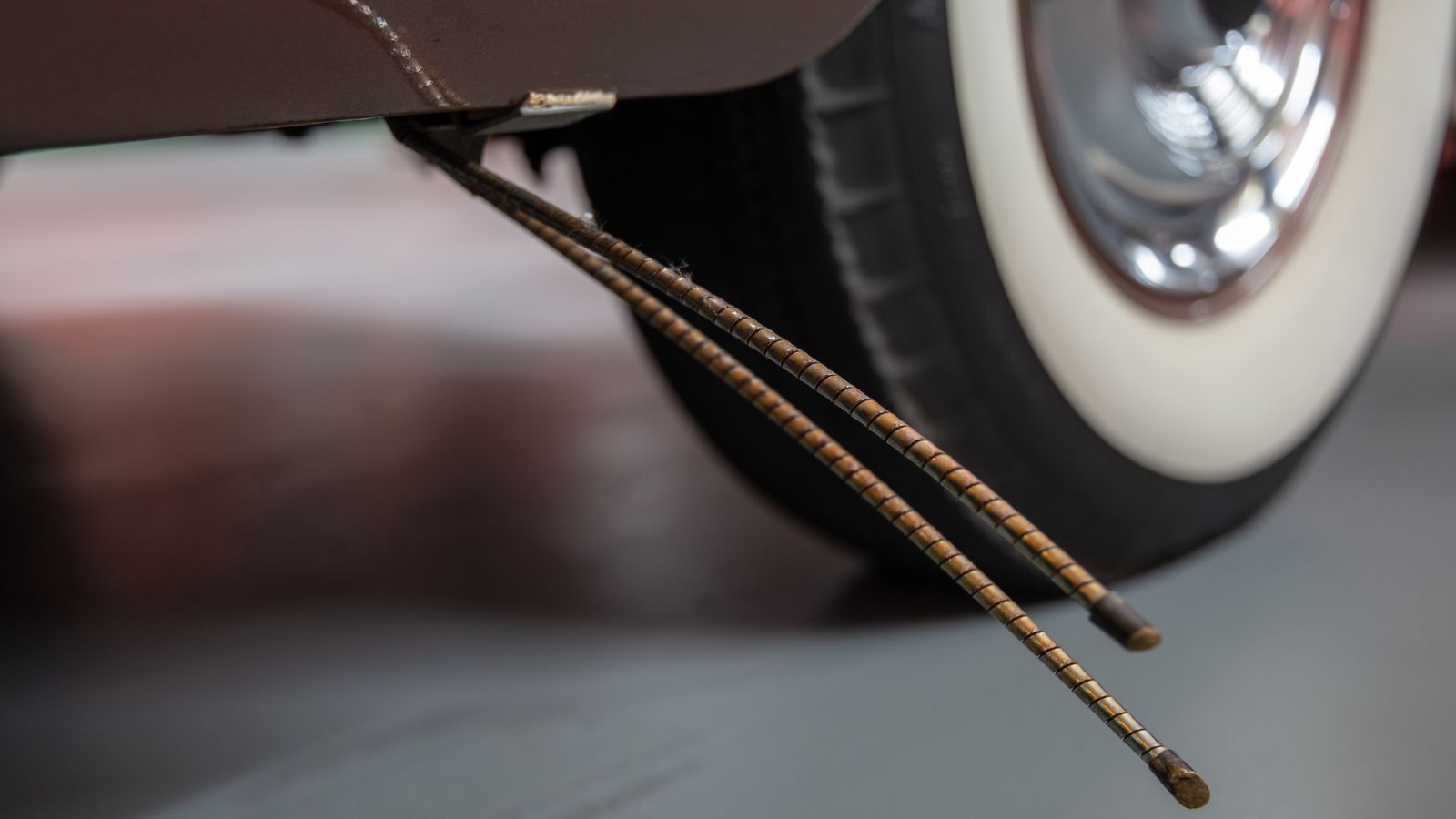
Popular in the 1950s and 1960s, curb feelers were spring loaded metal antennas mounted near the wheels that scraped when you got close to the curb. They were common on big cars like the 1959 Chevrolet Impala or Chrysler New Yorker, where drivers worried about scuffing wide whitewall tires. They gave a futuristic look and a bit of street flair. With the arrival of parking sensors and rear cameras, curb feelers became pointless. Today they are more of a novelty accessory, sometimes seen on lowriders to keep the vintage vibe alive.
Manual Window Cranks
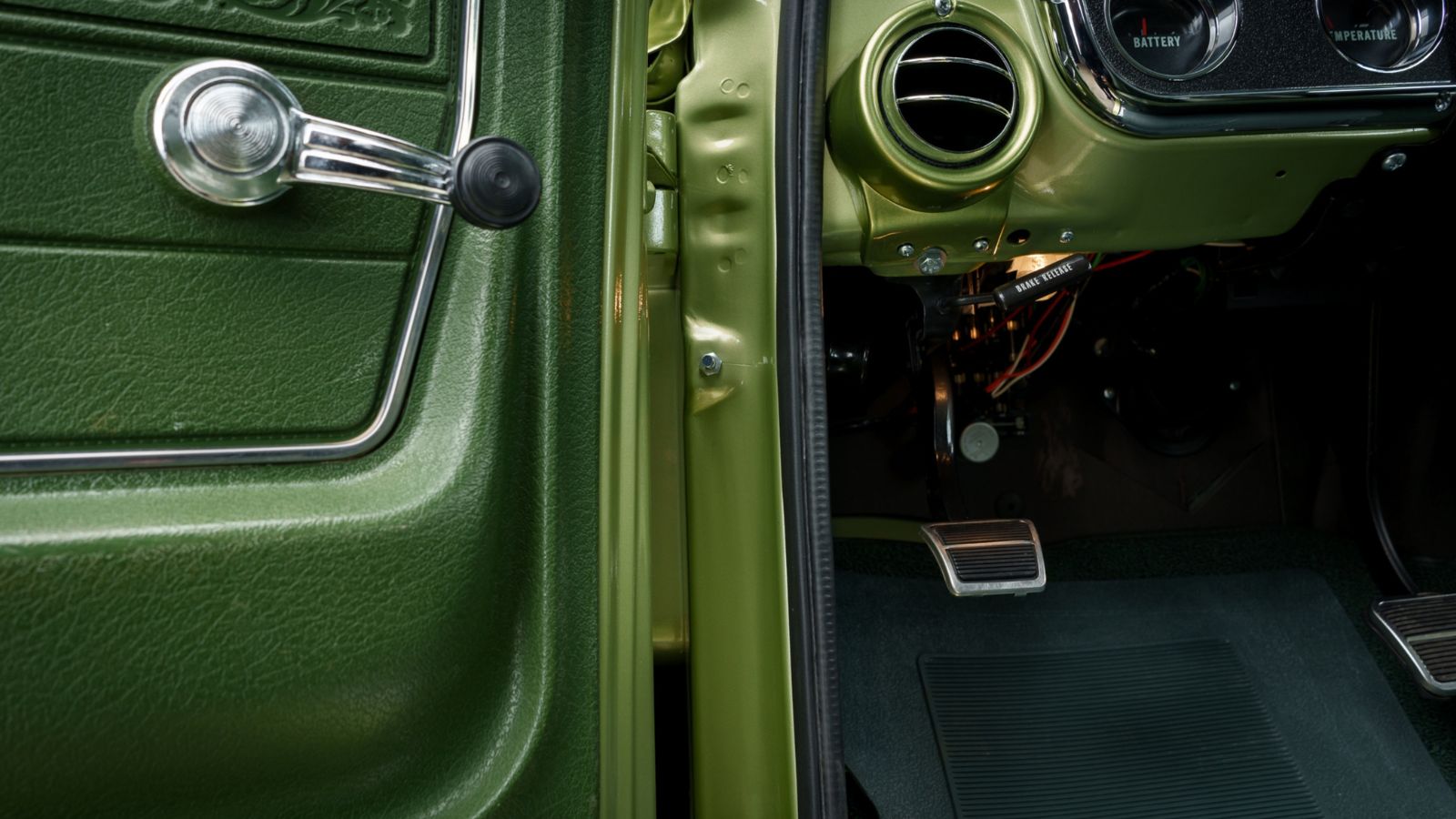
Hand cranked windows were the standard from the 1930s through the 1980s on mainstream cars like the Chevrolet Chevette or early Honda Civics. Power windows were once a luxury feature, but by the 2000s they had become standard across nearly every vehicle. Crank windows are now outdated and inconvenient, and modern buyers rarely encounter them outside of very old vehicles. Collectors may smile at the nostalgia, but most enthusiasts prefer the convenience of modern electric windows even in restored classics.
CD Changers
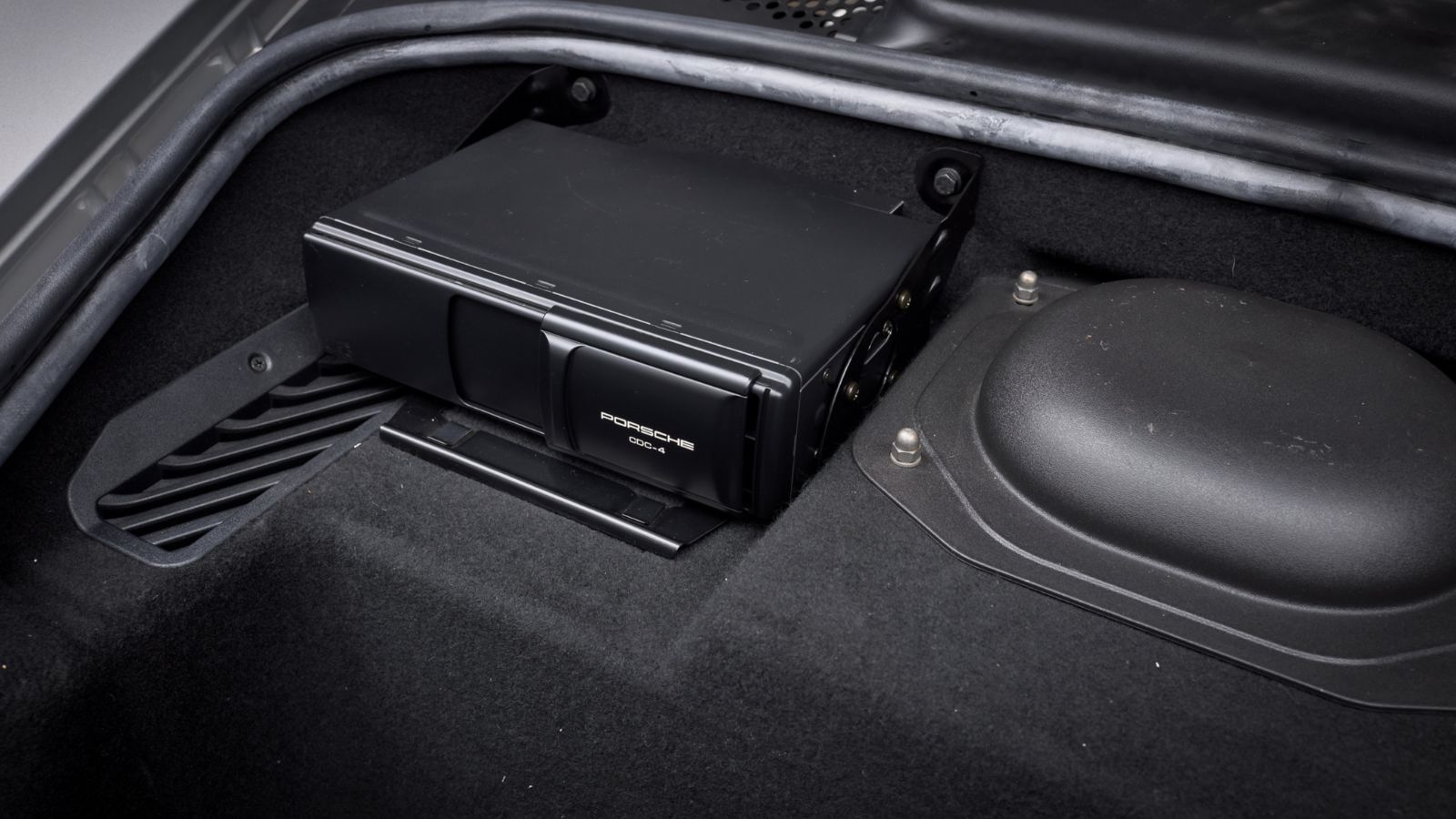
In the late 1990s and early 2000s, nothing felt more high tech than a six disc or even ten disc CD changer, often mounted in the trunk of cars like the 2001 BMW 5 Series or Lexus LS400. You could load up your favorite albums for long road trips without fumbling with discs while driving. With the rise of MP3 players, smartphones, and streaming services, CD changers have become bulky and unnecessary. Collectors value them only as original accessories, but in modern use they are completely obsolete.
Retractable Antennas
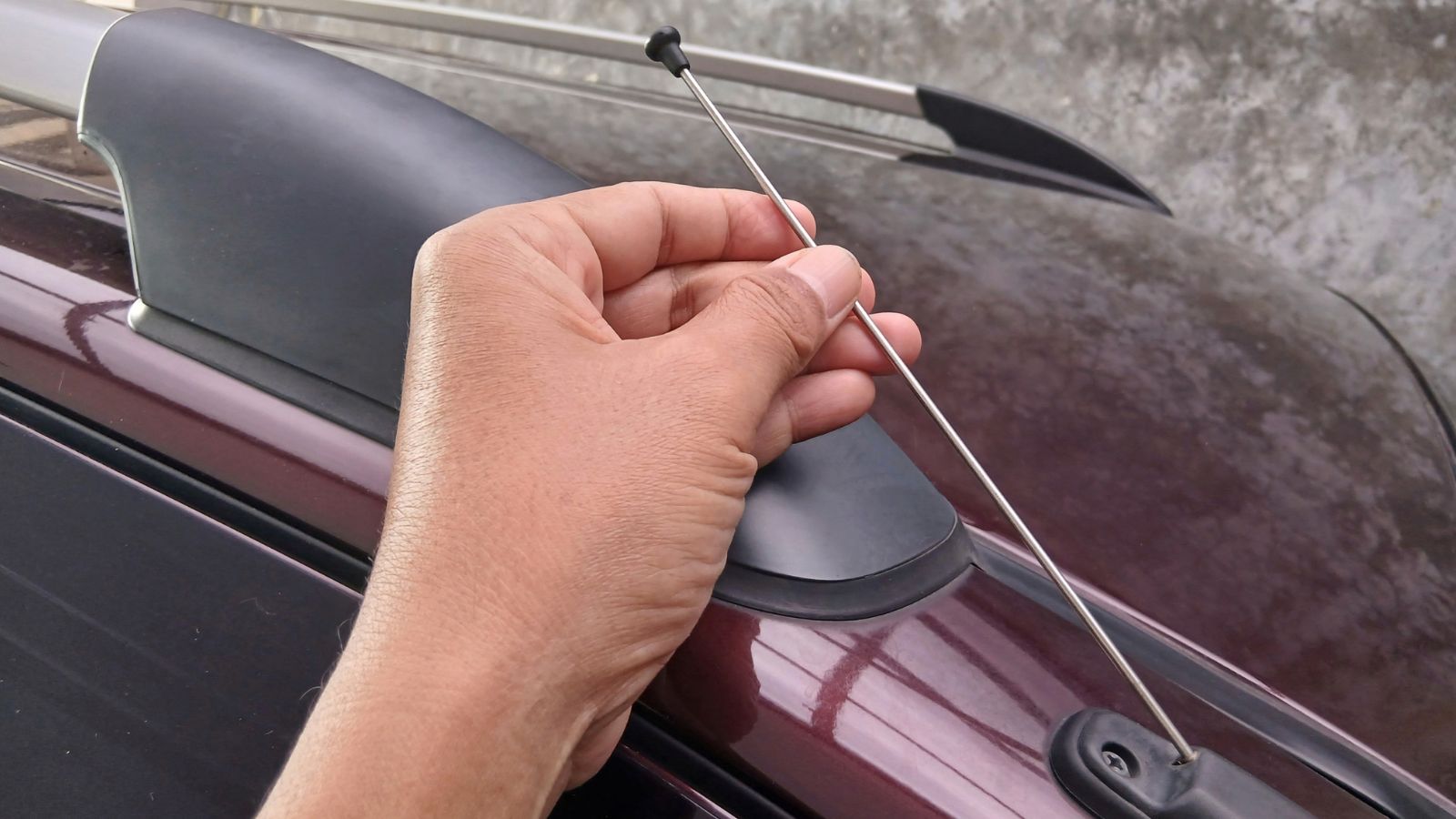
From the 1960s through the 1990s, cars like the 1985 Toyota Celica or the Mazda Miata had antennas that extended when you turned on the radio and retracted when you turned it off. It was a slick party trick that gave cars a high tech feel. Unfortunately, they bent easily, jammed in cold weather, or snapped off in car washes. Today’s cars use short fixed antennas, shark fins, or hidden glass mounted systems. Collectors see retractable antennas as part of a car’s charm, but they are one of the most fragile and impractical features of the past.
Vinyl Roofs
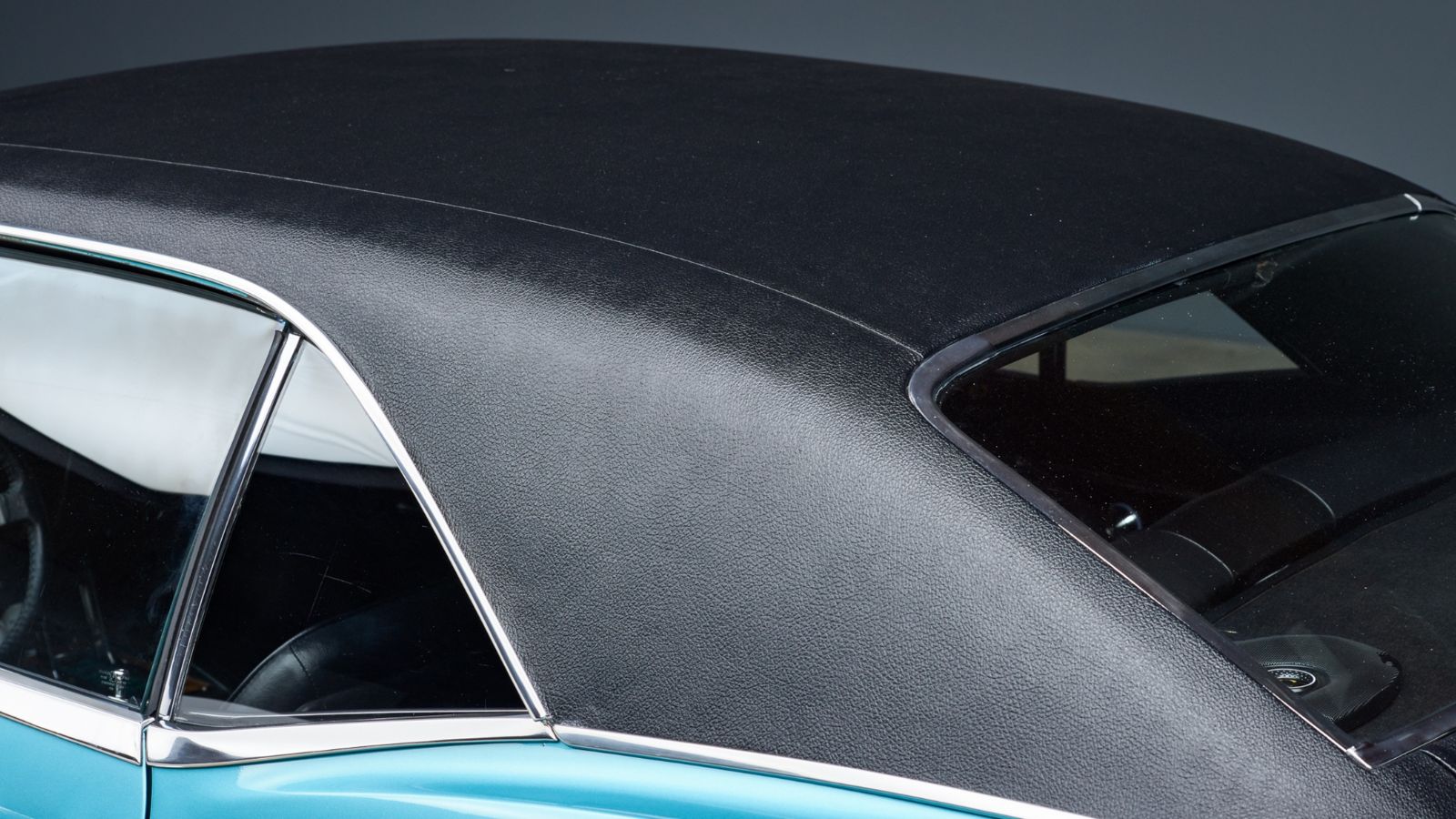
Vinyl roofs were hugely popular in the 1960s and 1970s, especially on American cars like the Lincoln Continental, Oldsmobile Cutlass Supreme, and Chrysler Imperial. They gave the illusion of a convertible top while adding a fashionable two tone look. The problem was that vinyl trapped moisture, leading to severe rust issues. By the 1980s, the trend had faded. Today, vinyl roofs are remembered mostly for their maintenance headaches, although collectors sometimes prize them on original examples for period authenticity.
Onboard Car Phones
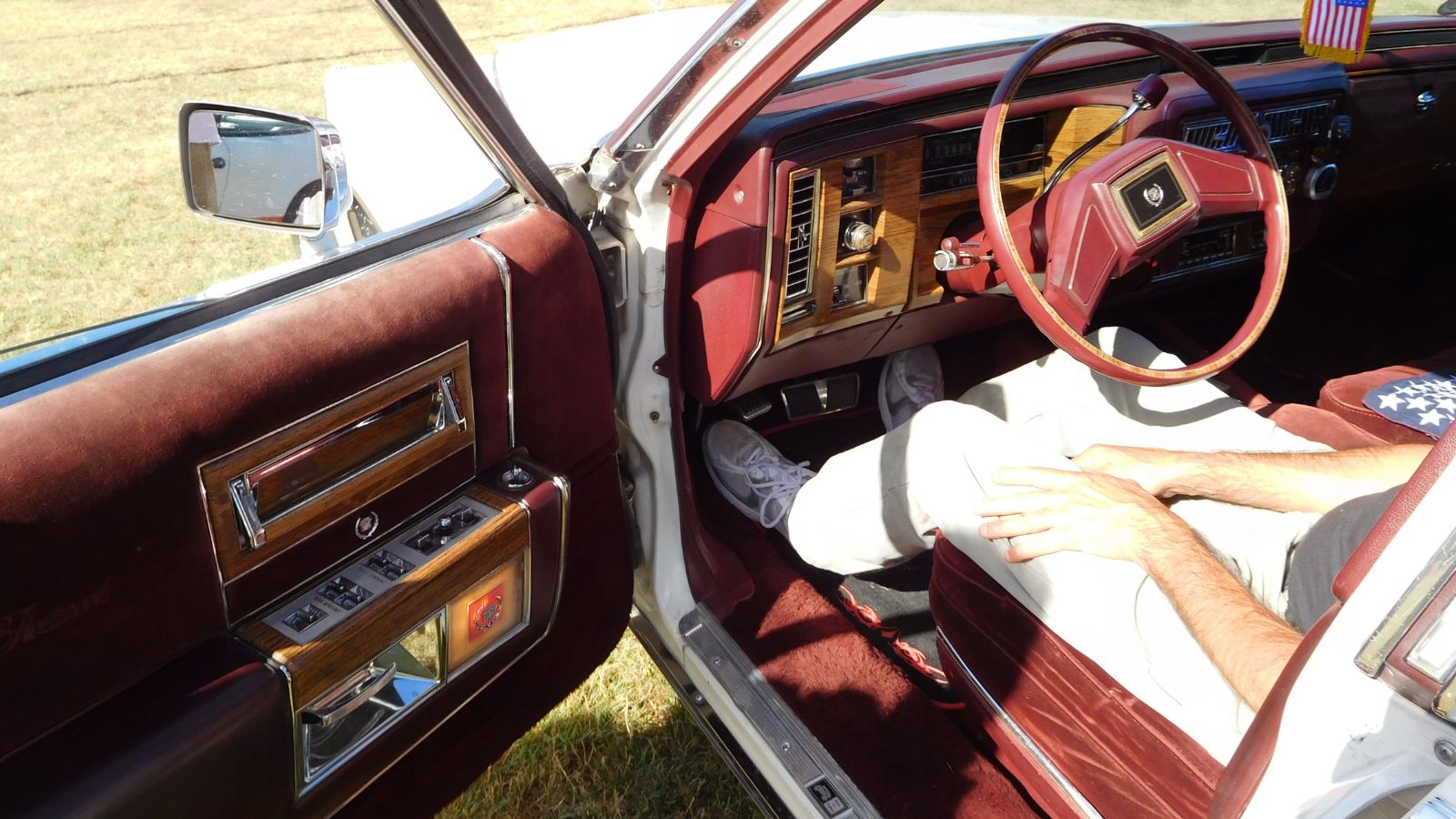
In the 1980s and early 1990s, having a car phone was a serious status symbol. Luxury models like the Mercedes Benz S Class or Cadillac Fleetwood could be optioned with bulky wired telephones mounted in the center console. They were extremely expensive and only worked in limited service areas. With the arrival of affordable handheld cell phones in the late 1990s, onboard car phones became useless overnight. Collectors now treat them as amusing curiosities from an era when mobile communication felt futuristic.
T Tops
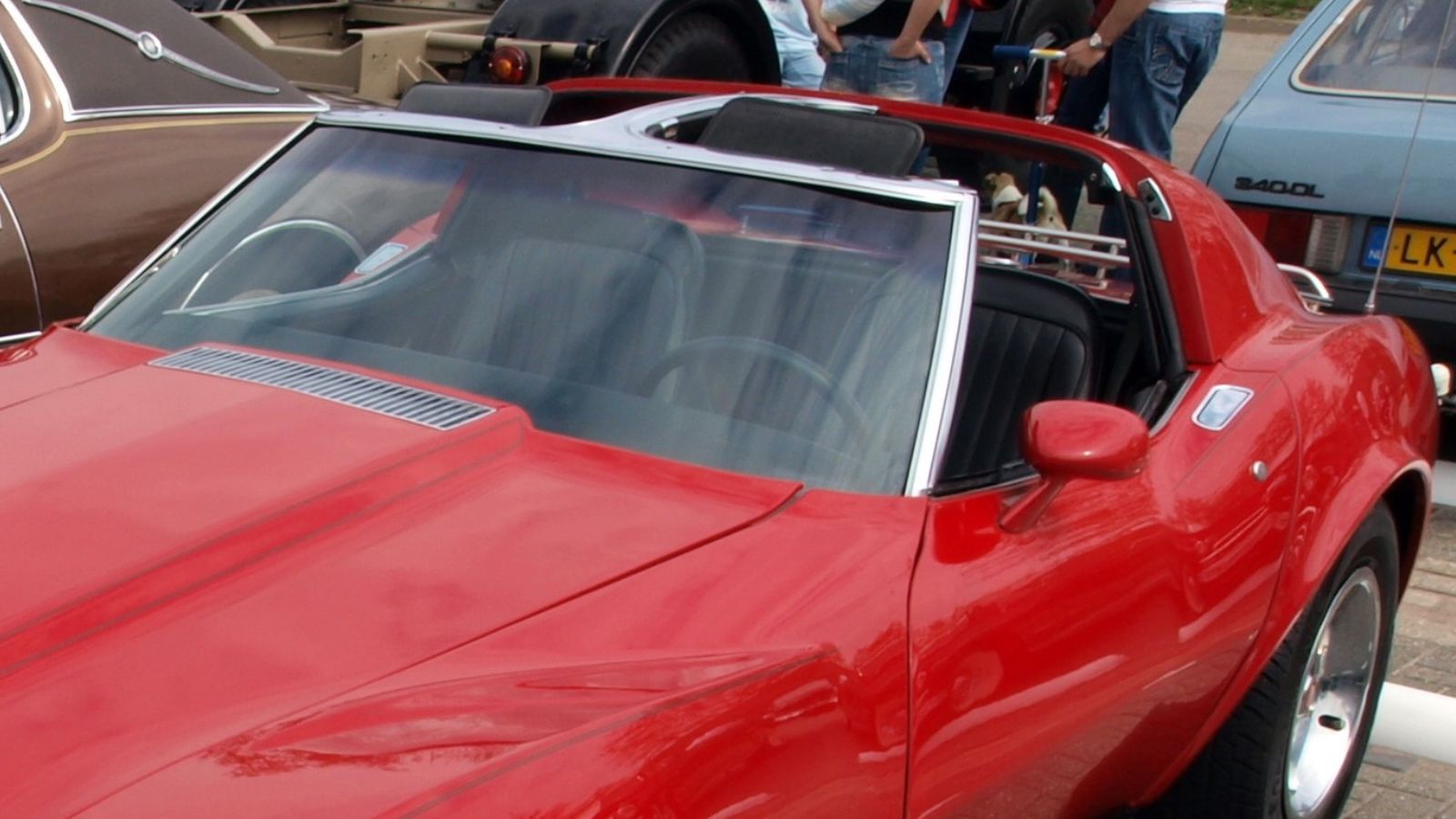
T tops became famous in the 1970s and 1980s thanks to cars like the Chevrolet Corvette, Pontiac Firebird, and Nissan 280ZX. They gave the open air feel of a convertible while keeping the strength of a coupe roof. Unfortunately, they leaked constantly, squeaked, and compromised chassis rigidity. Modern convertibles and panoramic sunroofs provide the same thrill with none of the drawbacks. Collectors love T top cars for nostalgia, but owners know the leaks are part of the package.
Hood Ornaments
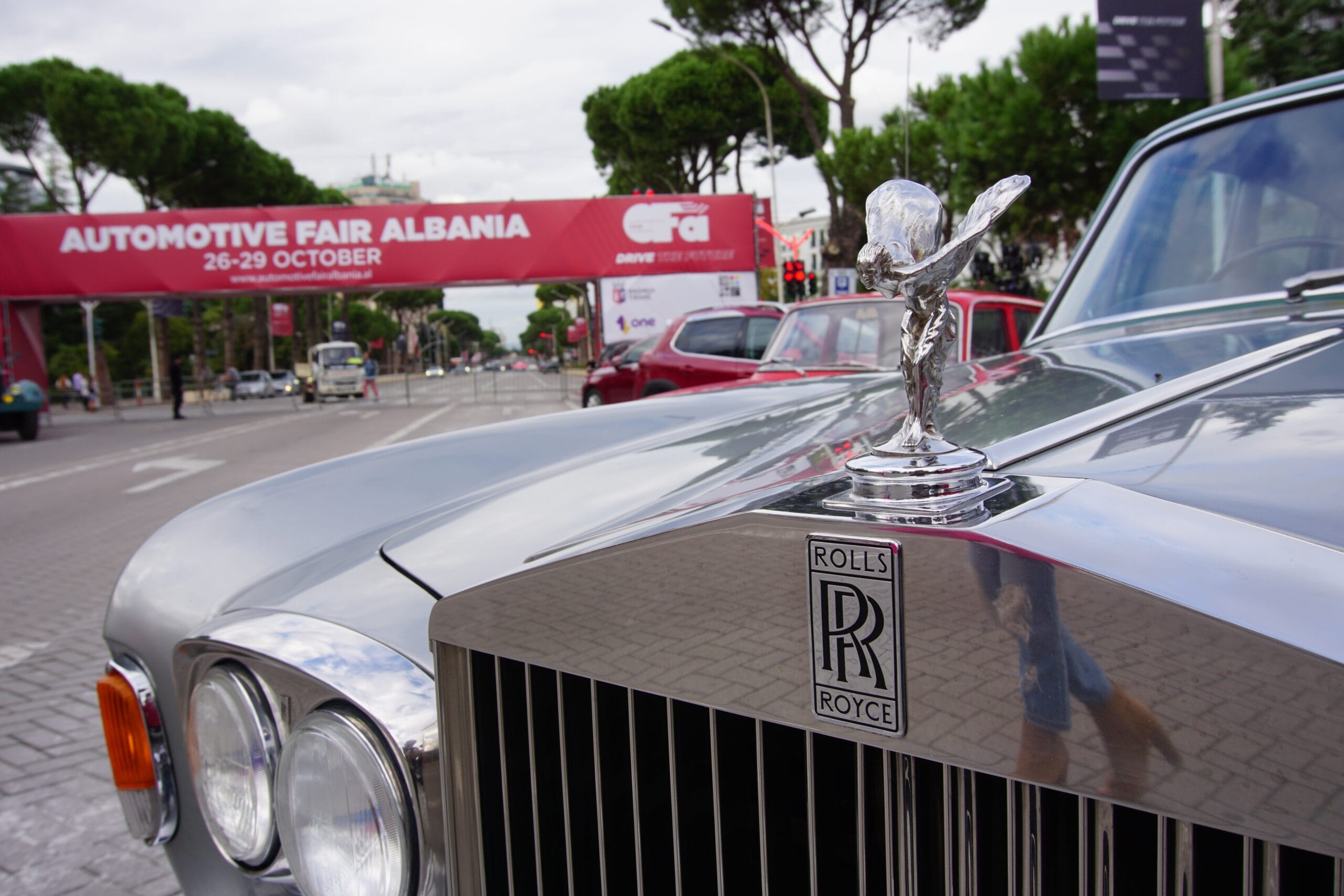
Luxury brands once proudly displayed sculpted hood ornaments, from the Cadillac crest to the Lincoln greyhound to the Rolls Royce Spirit of Ecstasy. These features symbolized prestige and became icons of the brands themselves. By the 1990s, theft, cost, and pedestrian safety regulations ended their reign. Today, most brands integrate logos into grilles instead. Collectors prize intact hood ornaments, and they can fetch hundreds of dollars on their own at auctions.
Car TV Screens for VHS or DVD
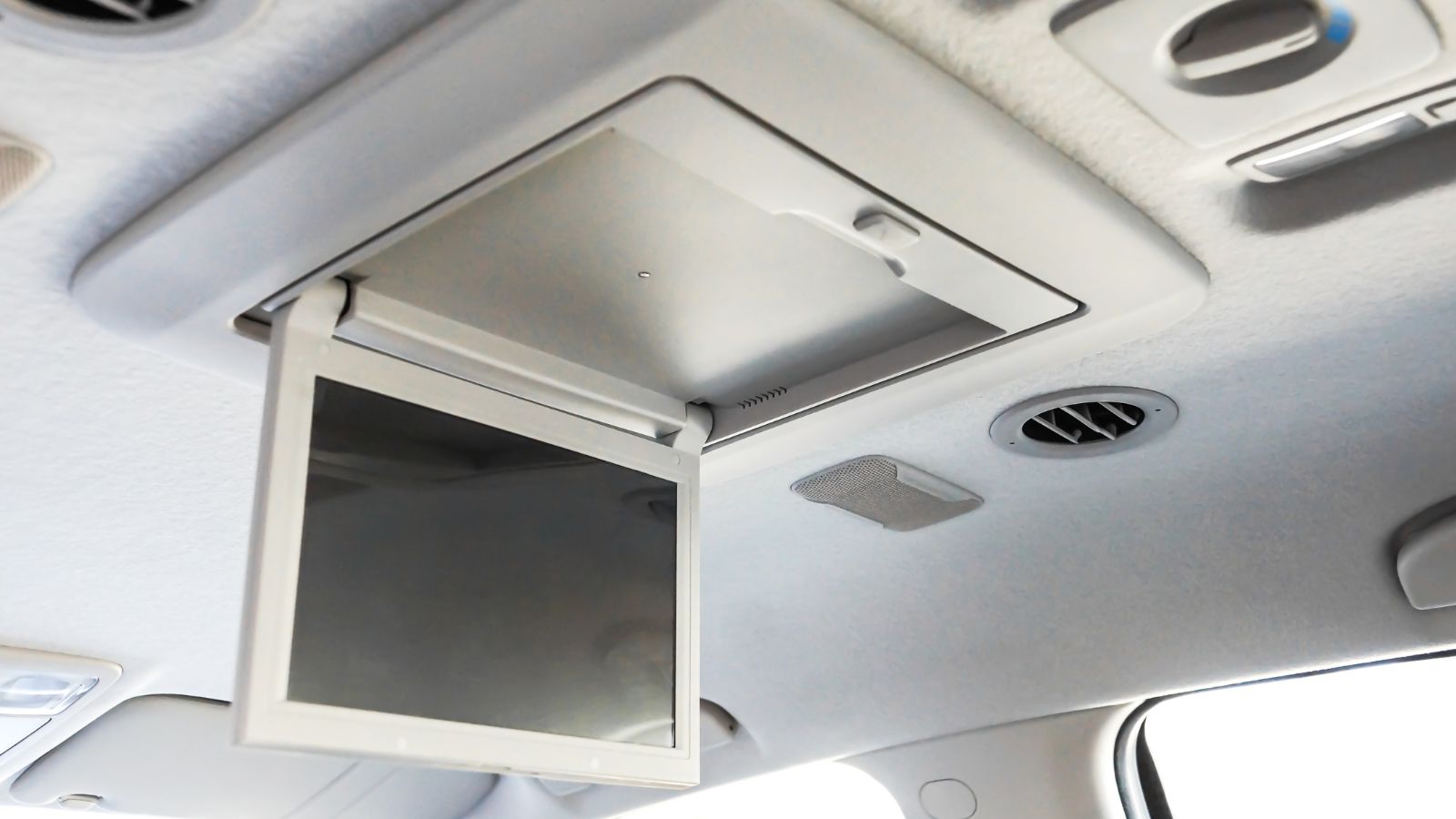
In the late 1990s and early 2000s, minivans like the Honda Odyssey or SUVs like the Chevrolet Suburban offered roof mounted VHS or later DVD players to keep kids entertained. At the time, they were cutting edge family features. Today, with tablets and streaming services, these built in players are obsolete. Collectors rarely value them, and many owners retrofit modern screens or remove them entirely.
25 Facts About Car Loans That Most Drivers Don’t Realize

Car loans are one of the most common ways people fund car purchases. Like any other kind of loan, car loans can have certain features that can be regarded as an advantage or a disadvantage to the borrower. Understanding all essential facts about car loans and how they work to ensure that you get the best deal for your financial situation is essential. Here are 25 shocking facts about car loans that most drivers don’t realize:
25 Facts About Car Loans That Most Drivers Don’t Realize
